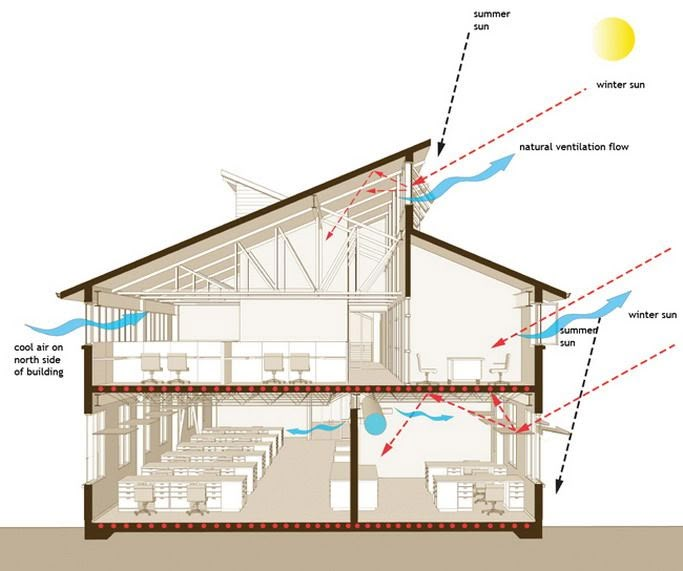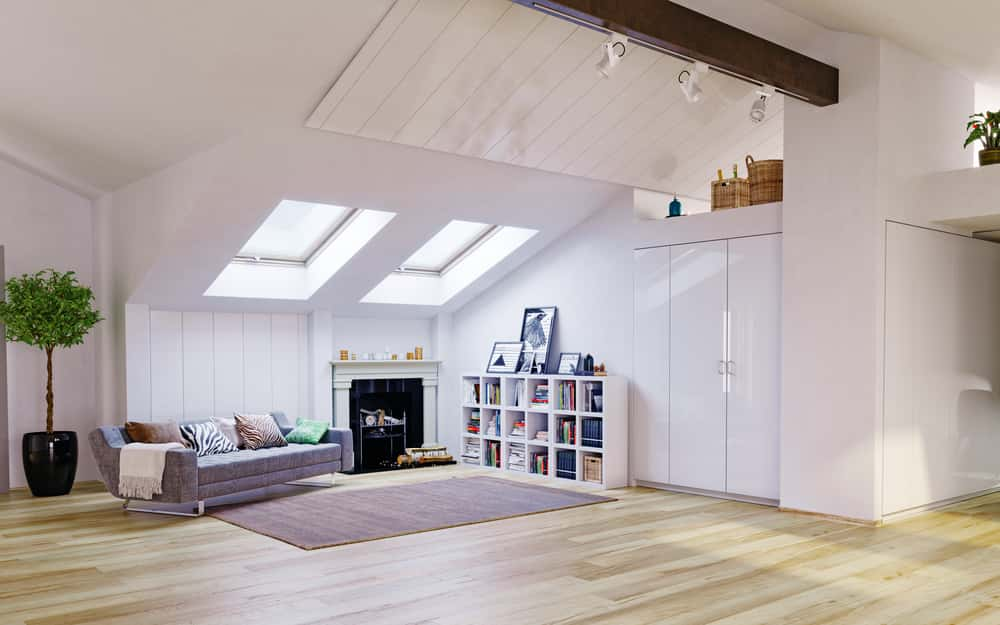Looking for an environmentally friendly solution that fills your home with daylight, improves energy performance, and reduces your carbon footprint? Clerestory windows deliver on all fronts. By placing narrow, high-set windows just below the roofline, you can tap into free solar light and heat, slash artificial lighting needs, and enjoy healthier indoor air—all while minimizing environmental impact. Here’s how clerestory windows make green building smarter and more sustainable.

1. Maximize Daylighting, Minimize Electricity Use
Clerestory windows admit soft, diffuse sunlight deep into your rooms without glare or heat hotspots. That means:
- Reduced reliance on electric lighting during daytime hours—cutting your lighting energy use by up to 70%.
- Improved visual comfort, which studies show can boost mood and productivity without the environmental cost of extra fixtures.
- Uniform illumination that avoids dark corners and shady spots, letting you zone fewer lights and switches.
2. Harness Passive Solar Gain
In cooler months, south-facing clerestories act as miniature solar collectors:
- Low-E glazing traps infrared heat while still admitting visible light.
- Thermal mass (like a tiled bench or concrete floor beneath) absorbs warmth and releases it overnight, smoothing temperature swings.
- Strategically sized overhangs prevent summer overheating while welcoming winter sun.
By designing clerestory height and orientation correctly, you can reduce your heating load by up to 10%, easing demand on fossil-fuel or electric furnaces.
3. Promote Natural Ventilation and Indoor Air Quality
Operable clerestory windows top your ventilation strategy:
- Stack effect ventilation draws cool air in through low windows and expels hot air overhead, circulating fresh air without fans.
- Cross-ventilation pairing with lower operable units keeps your home cool in summer, cutting air-conditioning use dramatically.
- Reduced humidity and pollutant buildup, leading to healthier indoor environments without mechanical systems.
4. Choose Sustainable Materials and Low-Impact Installation
Clerestory frames are available in eco-friendly options:
- Fiberglass frames boast exceptional durability and low embodied energy compared to aluminum.
- Certified sustainably-harvested wood provides natural insulation and carbon storage.
- Recycled or low-VOC sealants and paints ensure installation carries minimal chemical off-gassing.
Unlike large wall-cutting projects, clerestory installs often require minimal structural alteration—preserving materials and reducing waste.

5. Extend Building Lifespan and Reduce Maintenance
Well-designed clerestory systems resist weather and leak risks when correctly flashed and sealed:
- Quality glazing seals maintain their performance for decades, avoiding premature replacements.
- Minimal moving parts on fixed clerestories mean fewer service calls and less resource consumption over time.
- Easy access design (from interior scaffolds or catwalks) simplifies cleaning and upkeep without invasive exterior work.
6. Qualify for Green Incentives and Certifications
Adding clerestory windows can help your project earn:
- LEED daylight and energy credits, boosting your building’s certification profile.
- Energy-efficient window rebates or tax credits in many provinces, offsetting upfront costs.
- Net-zero or Passive House performance, when paired with super-insulated walls and airtight construction.
Conclusion
By integrating clerestory windows, you embrace a design that’s both beautiful and responsibly green. These high-set windows harness free light and heat, foster natural airflow, and pair with sustainable materials to lower your home’s environmental impact—today and for decades to come.
